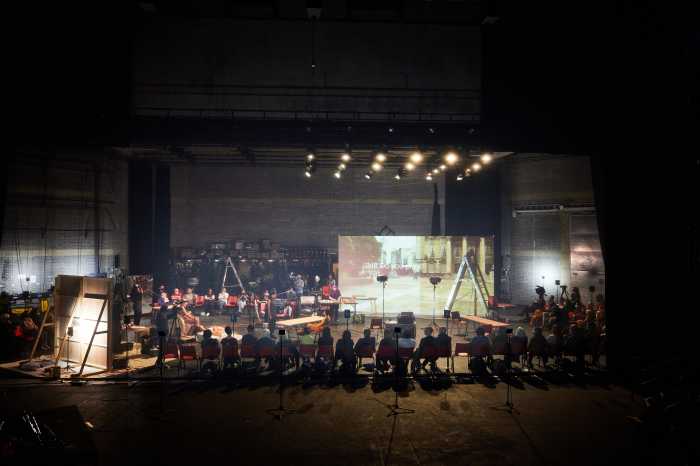
New York is a splendid city for a stroll. Sure, the prevalence of tourists and sidewalk sheds make some areas a slog, but compared with the likelihood of being stuck waiting for — or on — a train, I’ll usually take my chances.
I doubt anyone reading this review has ever walked the city the way Norwegian explorer Erling Kagge has, however. His marriage falling apart, Kagge “wanted to go on a pilgrimage,” so he opted to travel from the Bronx to Brooklyn and Queens and finally to the ocean shore, partly by walking through “sewer, train, water and subway tunnels.”
The trek is one of the many fascinating anecdotes in his new book, “Walking,” a collection of memories, lessons, philosophies and musings on the activity that Kagge writes “invented us.”
In addition to his NYC subterranean ramble, Kagge became the first person to reach the “three poles” — North Pole, South Pole and summit of Mount Everest — on foot.
The book has a bit of everything, including beautiful stories like the all-day walk a 35-year-old blind woman in Kenya took with her 6-month-old child to visit the doctor who was in town for just one day.
Kagge philosophizes a bit, refuting arguments that “risky expeditions [are] playing with death.” He discusses walking in other works of art, with nods not only to Nabokov and Joyce, but also “WALL-E” and “Grease.”
There’s the obligatory criticism of screen time and the pace of modern life that any writing about something as age-old as ambulation will contain, but this is far from familiar recitation. And above all it’s sincere, Kagge’s love of walking leaping off the page as he argues that “walking expands time rather than collapses it.”






































